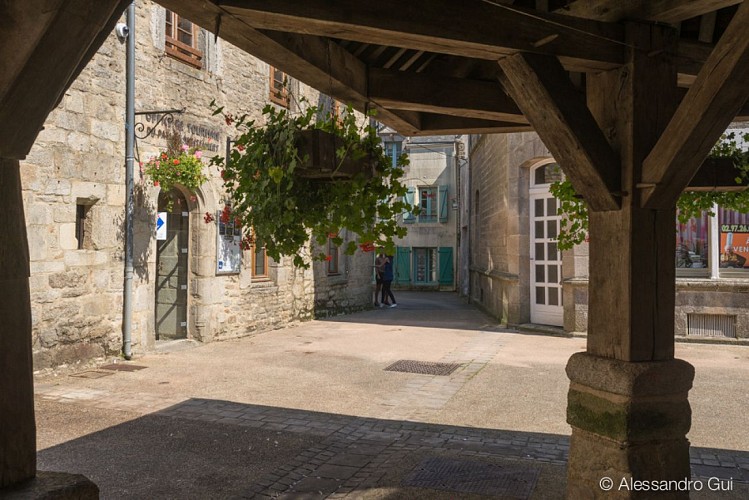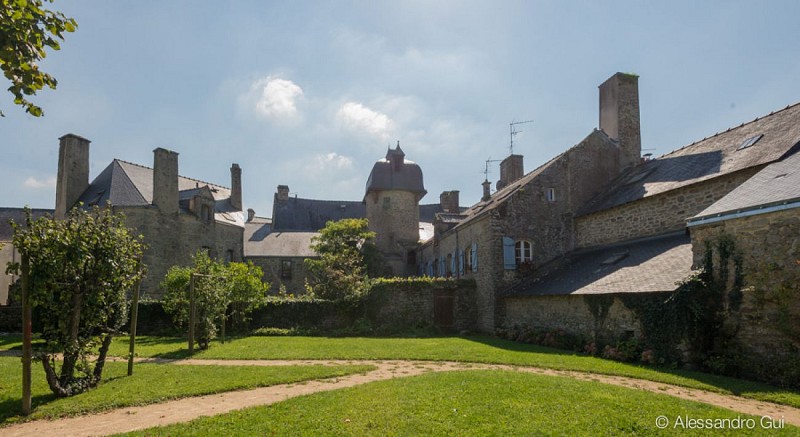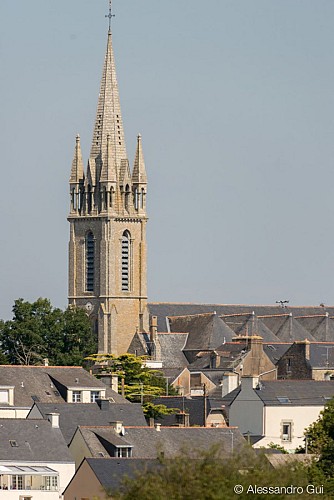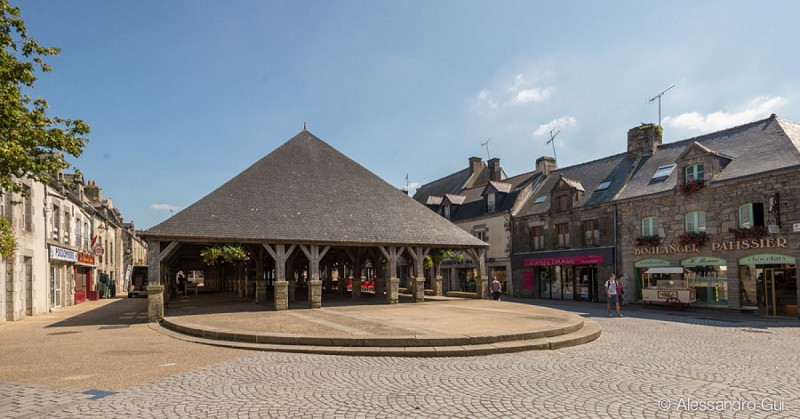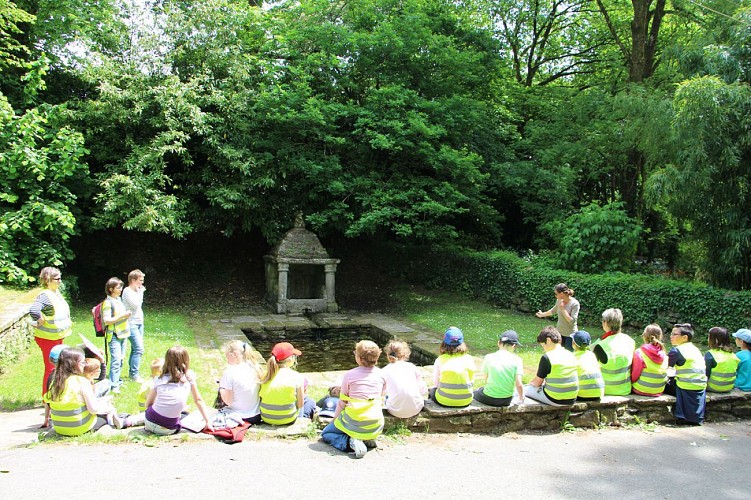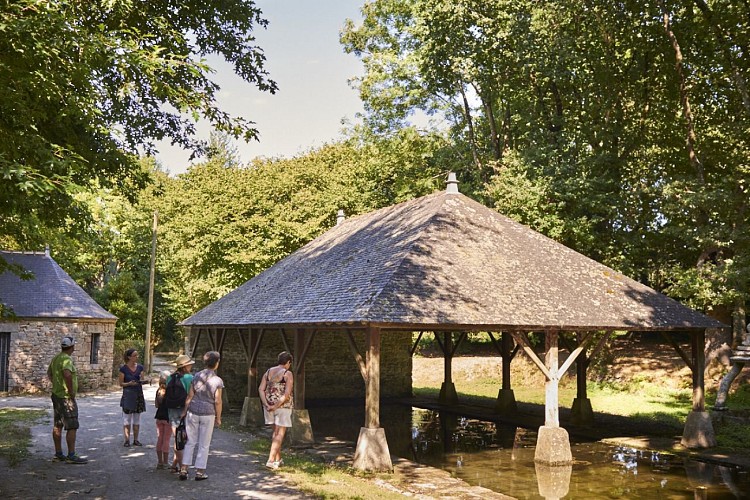Alert
Alerts
Type of practice
Walking
Very easy
45mn
Presentation
Description
Map
Points of interest
Ratings and reviews
See around
Welcome to Questembert




Credit : Alessandro Gui
IGN cards

1021SB - QUESTEMBERT LA ROCHE-BERNARD
Editor : IGN
Collection : TOP 25 ET SÉRIE BLEUE
Scale : 1:25 000
13.90€

TOP75017 - GOLFE DU MORBIHAN BELLE ÎLE ET GROIX PRESQU'ÎLE DE QUIBERON
Editor : IGN
Collection : TOP 75
Scale : 1:75 000
9.80€

VEL05 - LE MORBIHAN À VÉLO
Editor : IGN
Collection : DECOUVERTE A VELO
Scale : 1:105 000
9.10€

TOP100D56 - MORBIHAN VANNES LORIENT BELLE-ÎLE QUIBERON ÎLE DE GROIX PNR DU GOLFE DU MORBIHAN
Editor : IGN
Collection : TOP 100
Scale : 1:100 000
8.40€

89029 - LE SENTIER DES DOUANIERS BRETAGNE SUD GR34®
Editor : IGN
Collection : DECOUVERTE DES CHEMINS
Scale : 1:100 000
9.10€

D35 ILLE-ET-VILAINE
Editor : IGN
Collection : CARTES DÉPARTEMENTALES IGN
Scale : 1:150 000
5.90€

D22-56 CÔTES-D'ARMOR MORBIHAN
Editor : IGN
Collection : CARTES DÉPARTEMENTALES IGN
Scale : 1:150 000
5.90€

D44 LOIRE-ATLANTIQUE
Editor : IGN
Collection : CARTES DÉPARTEMENTALES IGN
Scale : 1:150 000
5.90€

NR06 BRETAGNE
Editor : IGN
Collection : CARTES RÉGIONALES IGN
Scale : 1:250 000
6.80€

NR07 PAYS DE LA LOIRE
Editor : IGN
Collection : CARTES RÉGIONALES IGN
Scale : 1:250 000
6.80€

801 FRANCE NORD OUEST
Editor : IGN
Collection : CARTES NATIONALES IGN
Scale : 1:320 000
6.10€

EUROPE
Editor : IGN
Collection : DÉCOUVERTE DES PAYS DU MONDE IGN
Scale : 1:2 500 000
7.00€
Description
This town is named after the sweet chestnut tree. In the Breton language, it is called Kisten Berh, which means “land of the chestnuts”. In the 12th century, the name “Questembert” was found in writing; however, over time, the spelling changed.
Technical Information
Walking
Difficulty
Very easy
Duration
45mn
(1d)
Dist.
707 m
Type of practice
Walking
Very easy
45mn
Show more
Altimetric profile
Starting point
15
Rue des Halles
,
56230
Questembert
Lat : 47.66129Lng : -2.45351
Points of interest
Data author

proposed by
Rochefort-en-Terre Tourisme
13 Rue des Halles 56230 Questembert France
Ratings and reviews
To see around

